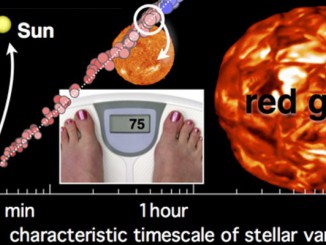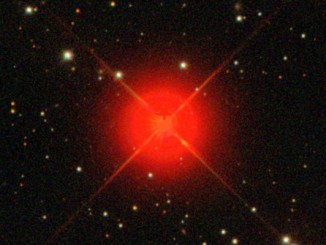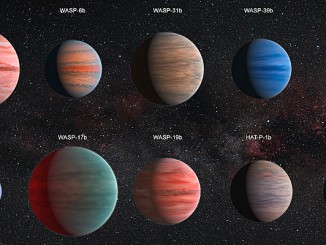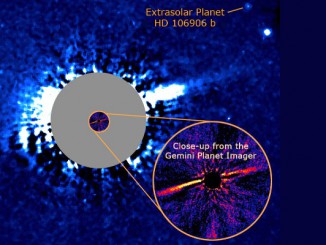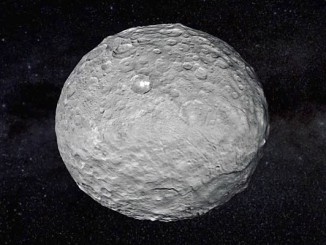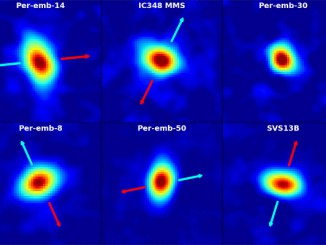
VLA reveals dramatic new evidence about star and planet formation
A detailed study of young stars and their surroundings has produced dramatic new evidence about how multiple-star systems form and how the dusty discs that are the raw material for planets grow around young stars. Scientists used the Very Large Array (VLA) radio telescope to study nearly 100 newborn stars in a cloud of gas and dust about 750 light-years from Earth.

